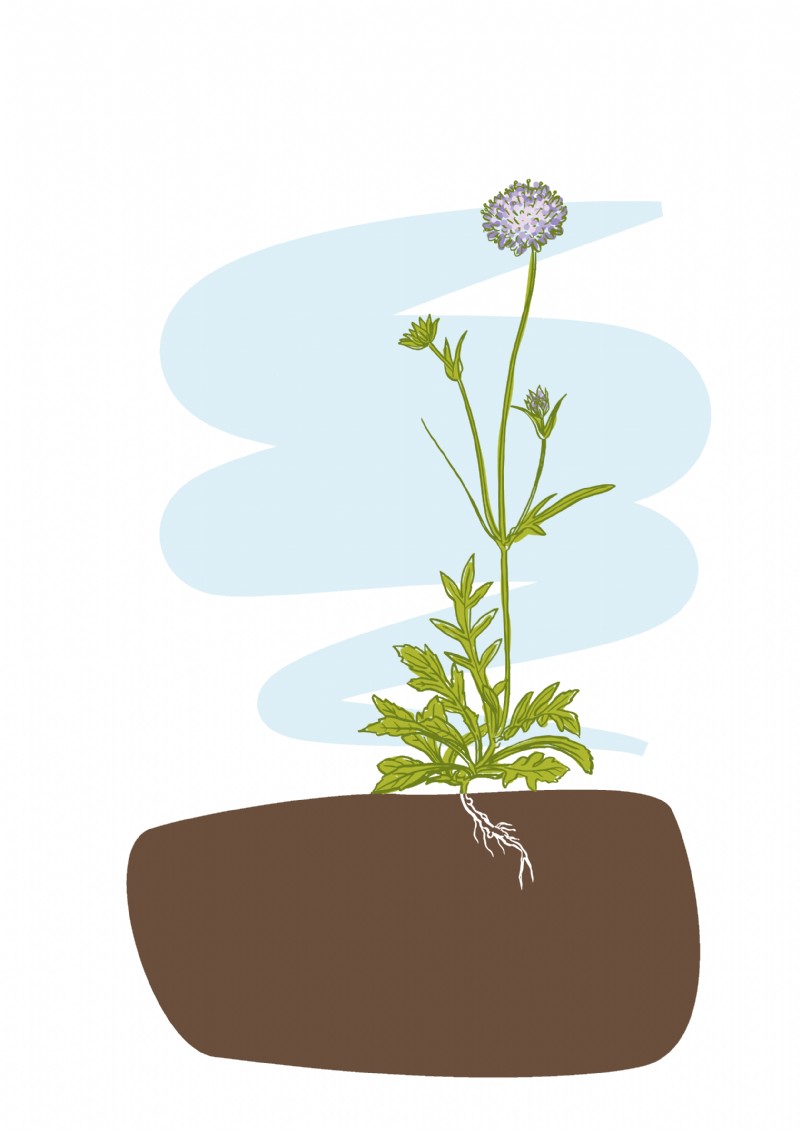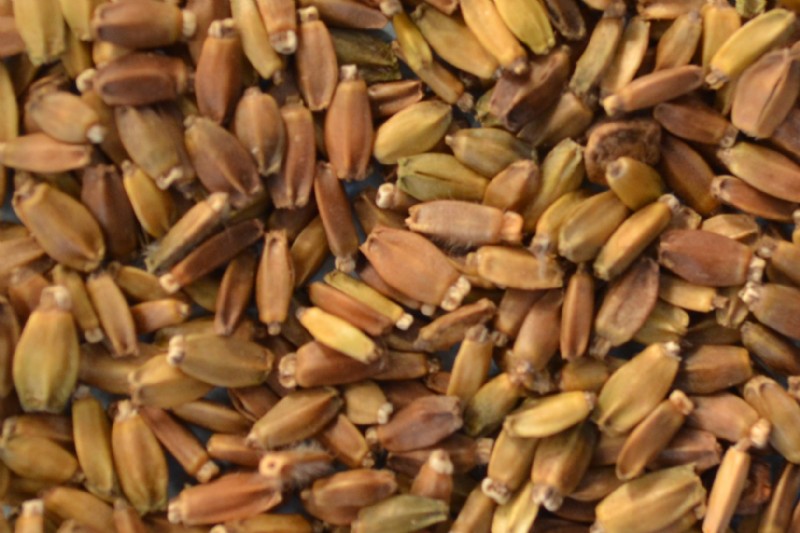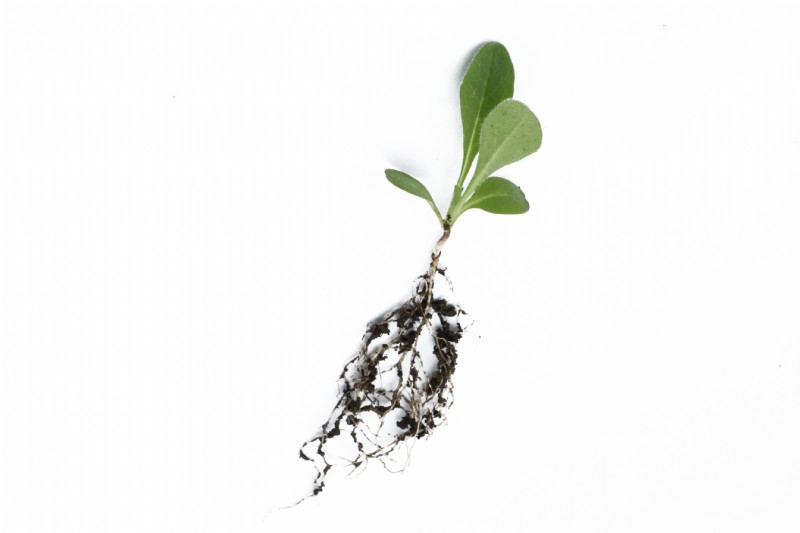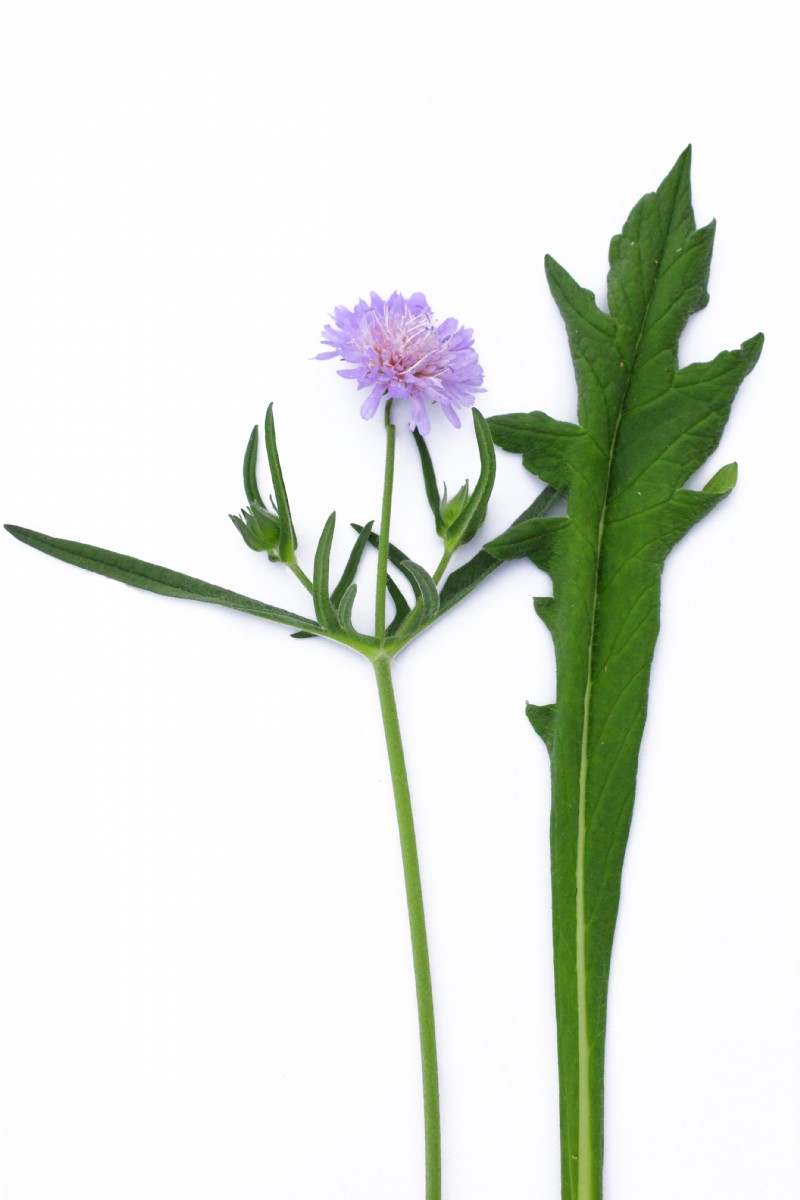Field Scabious
Field Scabious is a light blue/violet sometimes pink flower and has the special characteristic of being able to change colour, it grows from 30-90cm in height with beautiful single flowers.
Uses
It can be a useful component of mixtures designed to create chalk and limestone meadows.
Persistence
A long term perennial plant, it may take several years to fully establish.
Frost Tolerance
Field Scabious is extremely cold hardy.
Ideal Sowing Time
Sow in the autumn or spring.
Management
This is a low maintenance species.
Distinguishing characteristics
Seed
This seed has an angular, oblong shape. It is green to gold in colour, with a smooth texture and occasional whispy hairs. It is approximately 5 mm in length
Seedling
The seedling has a pair of rounded cotyledons and a prominent mid vein. The first true leaves have a minutely hair covering.
Flowering Plant
This is a tall, dull green, upright plant in its growth habit. The stems and leaves are obviously bristley or hairy with paired leaves, opposite each side of the stem. The leaves towards the base of the plant are lanceolate in shape and generally undivided, further up the stem the leaves are pinnate, with narrow segments. The flower head is mauve to violet in colour and disc shaped, each flower is on long slender stalks.
Additional Info
Flowers June-October. Other common names include blackamoor's beauty, pins-and-needles, snake flower, and curly head. When tobacco smoke is blown on to the leaves they turn bright green. Similar to small scabious, both produces lilac/pale blue flowerheads, however can be distinguished from eachother by field scabious' strong hairy stems and taller growth (Small scabious has shorter, slender, downy stems with smaller flower heads).
Works well with
Common knapweed, hedge bedstraw, lady's bedstraw and small scabiousYou can find Field Scabious in the following mixtures
History
Field scabious got its common name from the fact that in the old days, the plant had been used to treat scabies and other skin diseases.






